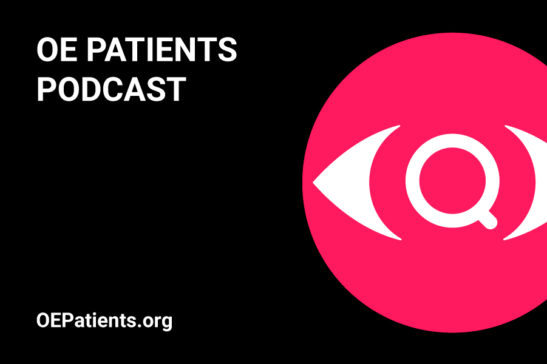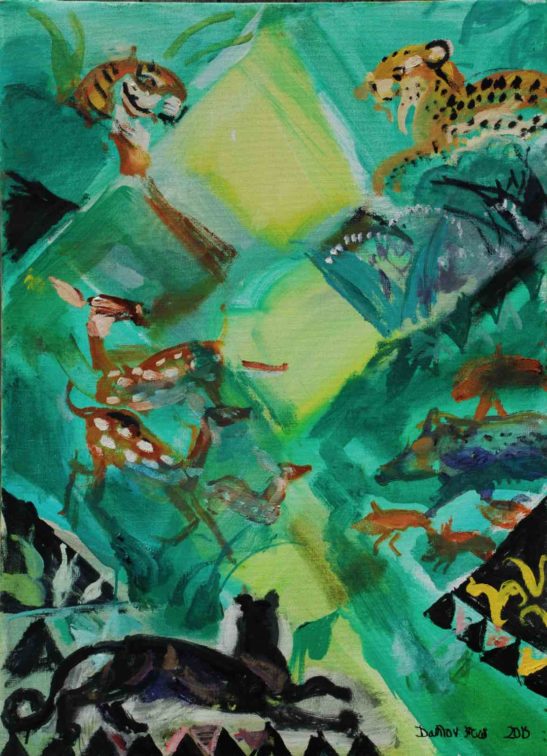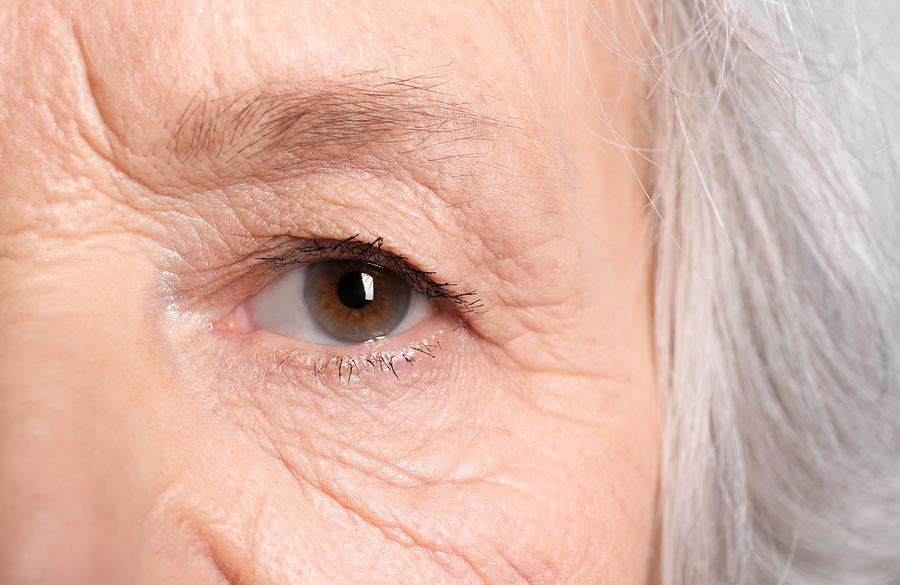Once upon a time, not so long ago, people believed that age-related macular degeneration caused total blindness. Today we know better. AMD affects people over age 50, resulting in a blurring of the sharp central vision used for reading, driving, identifying faces, and other detail oriented tasks. The peripheral vision is not affected and can be helpful in compensating. The dry form of AMD accounts for about 90% of cases, marked by slowly progressing changes. The remaining 10% have the wet form which causes more aggressive vision loss due to leaking blood vessels behind the eye. Treatment is available and effective in managing wet AMD. Patients are able to continue a productive and independent life with the active implementation of small changes and the embrace of technology.
Here is a collection of OE’s recent and most popular content on the subject, in recognition of AMD Awareness Month – February 2021.

What Is AMD?
An explanation of age-related macular degeneration, thorough and well presented for review as an informative introduction or to refresh your knowledge. Read Now

Emerging Treatments For AMD
A primer on clinical trials in the process for the next generation treatment and management of wet and dry age-related macular degeneration with an emphasis on more efficient and convenient patient care. Read Now

Episode 14: The Retina Counselor
Listen in as Dr. Mrinali Gupta discusses the future of AMD treatments and how patients can best utilize the Retina Counselor report. Listen Now

The Anti-AMD Diet
This is one of OE Patients most popular articles. Improving nutrition habits through small dietary changes has been found to prevent and slow the development of AMD. Read Now

Living Better With AMD
Patients should be to be well informed that although there may be no medical treatments available yet, for their AMD, it most certainly does not mean “nothing can be done.” Read this article for five ways to take action. Read Now

Artists Work Through Macular Degeneration
If you think AMD is a career-ending diagnosis for a visual artist, this article will change your thinking. These artists continued to thrive, despite vision loss, and you can too! Read Now

Hope For Age-Related Macular Degeneration
Progress with age-related macular degeneration shows a promising hope for the future. Read Here for what you need to know and what you can expect. Read Now


